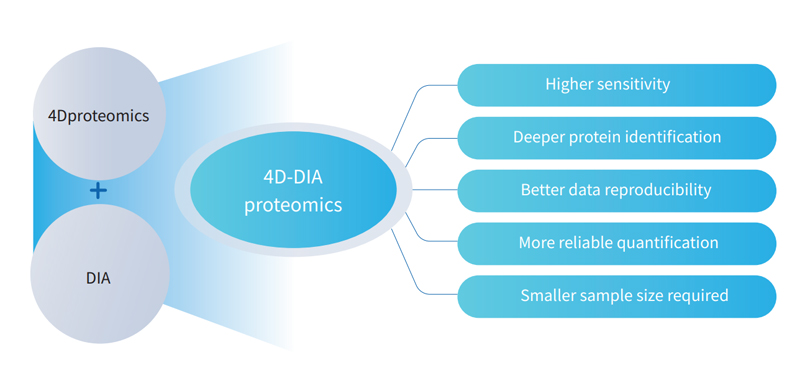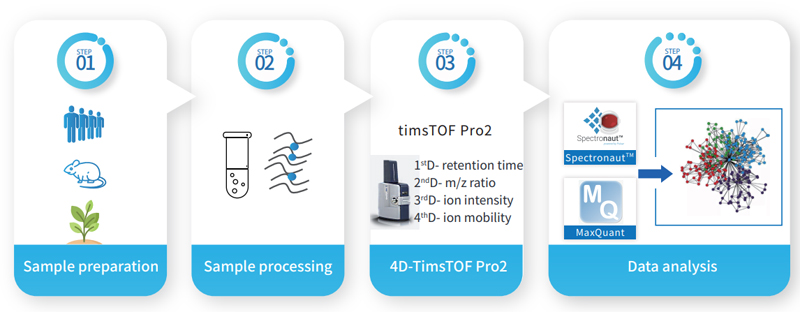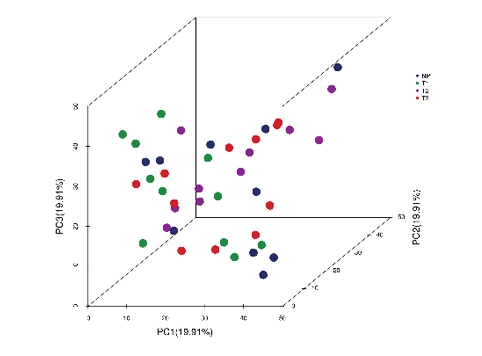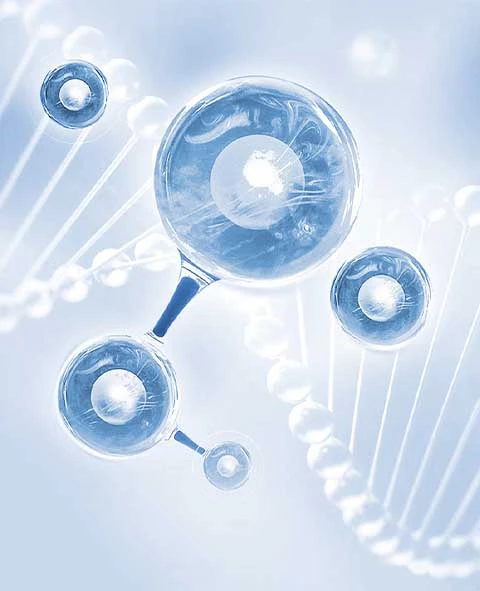En
Conventional proteomics research relies on three dimensions post proteolytic digestion: retention time, mass-to-charge ratio (m/z), and peptide ion intensity. With the development of Trapped Ion Mobility Spectrometry (TIMS) and Parallel Accumulation Serial Fragmentation (PASEF) techniques, ion mobility dimension was added as the forth separation dimension, making 4D proteomics technology the latest quantitative approach.
Based on Bruker timsTOF Pro2 platform, 4D-DIA Proteomics significantly improves the scanning speed and detection sensitivity, as well as enhances 4D proteomics analysis performance in terms of identification depth and quantitative accuracy with less sample input.

High sensitivity: Nearly 100% ion utilization, greatly improving detection sensitivity.
Deeper protein identification: Protein identification level has increase by 20%, 6000+ cells per needle (200 ng 293T cells).
Higher integrity and reproducibility of protein area
Smaller sample size required: Suitable for rare and minimal samples: FFPE, tissue biopsies, immune cells……

Sample type | Sample | Recommended Volume |
Body fluid | Plasma. serum | 0.05~0.2 mL |
Urine | 50~100 mL | |
Cerebrospinal fluid, synovial fluid, ascites…… | 0.05~5 mL | |
Animal or human milk | 2~50 mL | |
Animal tissue | Brain, heart, liver, spleen, lungs, kidneys, muscles, skin, or other tissues | 15 mg~2 g |
Plant tissue | Soft tissues of woody and herbaceous plants | 50 mg~2 g |
Cells | Cells | 0.5×107~1×107 |
Special sample | FFPE | 5-10 µm thick, 50 mm2 size, ≥10 slices |
Biopsy or puncture tissue | 1-3 needles, visible to the naked eye, the size of millet grains |
* Please ensure proper pre-processing and storage methods for the samples.
* Please contact info@inomixo.com if you have any questions regarding the samples.



INOMIXO can provide a variety of bioinformatics and customized analysis. For more proteomics analysis needs, please contact info@inomixo.com.

Call Us
Address
160E Tasman Drive, San Jose, CA 95134